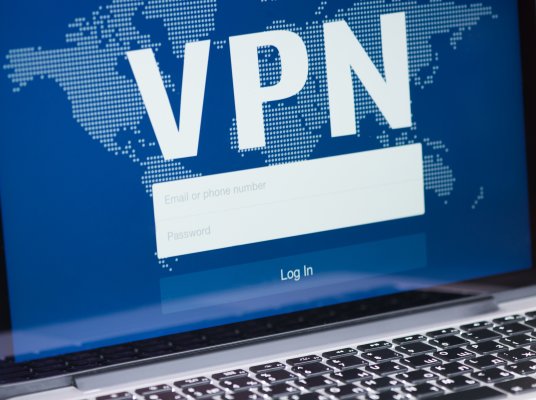While things have improved considerably in recent years, VPN providers still offer less support for macOS than for other operating systems.
Although there are VPNs out there that have native apps for Mac and are preconfigured accordingly, a lot of VPNs still require you to install them manually, using third-party apps.
Manually installing your VPN comes with its pros and cons. The biggest advantage is the fact that you can customize your settings and choose whatever protocol and server you like. You can also enable additional features. On the downside, when you install a VPN manually, you have to set everything up from zero every time you switch servers.
In this article we are going to show you how to manually setup a VPN using Tunnelblick or Viscosity. Both of them use the OpenVPN protocol.
We are going to give you all the important steps for manually installing a VPN on your Mac using both Tunnelblick and Viscosity.
Regardless of which one you choose to use, you’ll first have to subscribe to a VPN provider.
Here are the best VPN providers you can find in 2020.
Installing with Tunnelblick
Tunnelblick is a third-party client for Mac. It is free and it uses the OpenVPN protocol.
First you have to download and install Tunnelblick on your Mac. You have to also download/unzip the VPN configuration files.
Install Tunnelblick using the Tunnelblick .dmg file and drag and drop the VPN configuration files to the Tunnelblick icon in the menu. You can choose to install just for you or for all users using the Mac computer.
That is pretty much it as far as installation goes. Next, you just have to click on the Tunnelblick icon and choose a server, input your details and connect to it. The annoying part is that you have to do this every time you change the server.
Once everything is set up you can also enable features such as the kill switch, which protects you in case of a dropout.
Installing with Viscosity
Another way to go when manually installing a VPN on your Mac is to use Viscosity. Viscosity is another OpenVPN client for Mac.
The installation process is pretty much the same. You have to download Viscosity and the VPN configuration files.
Next, you have to install Viscosity by opening the Viscosity .dmg file. Once the app is installed, you have to launch it and click on Preferences. The next step is to go to the + sign in Preferences and import the unzipped configuration files, choosing 'Import Connection' and ‘From File’.
Once the installation process is complete, all that’s left is to click on ‘Connect’, choose a server and connect to it using your username and password.





